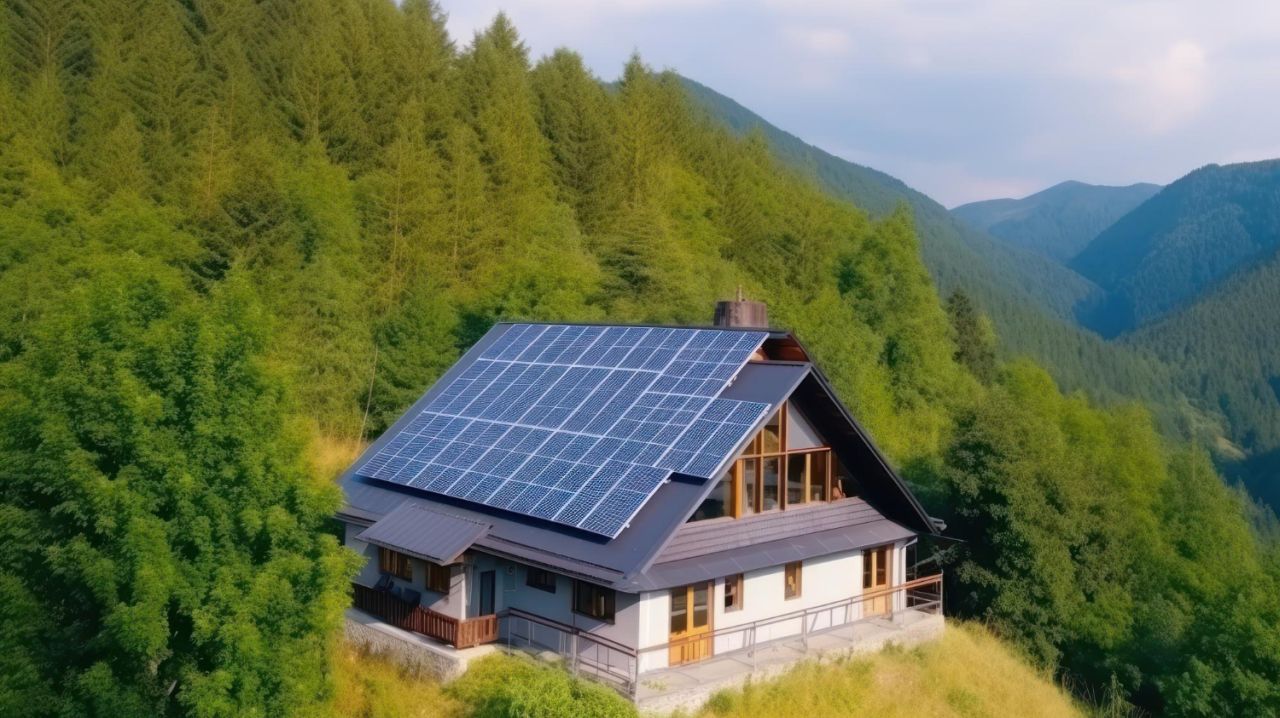Australia’s solar boom is set to get a powerful boost, with Labor announcing plans to bring battery prices down by 30 per cent for households, empowering homes to store solar energy more efficiently and take greater control of their power needs.
While it is still early days, with the possibility of things changing, this article will explore what we already know.
When Does The New Solar Rebate Start?
Labor’s battery rebate (officially known as the Cheaper Home Batteries program) will begin on July 1st, 2025. The scheme provides an upfront discount of around 30% on the purchase and installation of home batteries, helping to make energy storage far more accessible for households, small businesses, and community facilities.
The rebate builds on the existing Small-scale Renewable Energy Scheme (SRES), which has supported millions of solar panel installations nationwide.
Most importantly, at the moment the new battery rebate is uncapped, meaning there’s no limit to how many households or businesses can benefit.
If you’re installing a battery before July 1st, there’s good news: you may still be eligible for the rebate, as long as your battery is not commissioned (officially switched on) before the program begins. While the clearer details are still being clarified by the government, the safest approach is to ensure that any battery installed early is not activated until after July 1.
How Much Can I Save From The New Rebate?
The rebate offers a 30 per cent upfront discount on the cost of a home battery, which can translate into savings of $2,000 to $3,000, depending on the size and type of battery system you choose. With many systems currently priced between $7,000 and $10,000 (including the inverter), the subsidy significantly lowers the barrier to entry.
Labor’s modelling suggests that homeowners with existing solar could save up to $1,100 a year on their power bills, while those installing new solar-and-battery systems could save as much as $2,300 annually!
Even for those who can’t install a battery themselves, the broader rollout is expected to reduce power prices nationwide, thanks to less strain on the grid during peak hours.
What Can We Expect in The Future?
Battery uptake is already growing rapidly. In 2024 alone, Australians installed around 75,000 new battery systems, a 47 per cent increase from the previous year. Labor’s goal is to scale that growth dramatically, aiming for 1 million new batteries installed by 2030.
As battery technology continues to improve and global demand drives prices down, the cost of home energy storage (much like solar installation costs) continues to decline. Energy experts expect home energy storage to follow a similar path to solar: faster adoption, falling costs, and broader accessibility.
More batteries in homes mean more stability for the grid, fewer price spikes, and better energy resilience during outages or extreme weather events. Over time, households may even become part of virtual power plants, feeding energy back into the grid when needed most.
The Next Steps
If you already have rooftop solar, or you’re considering a new solar installation, now is a great time to explore battery options. While the rebate program isn’t live yet, you can:
- Start researching battery systems that match your household’s energy usage (a 6–7kWh battery suits most Australian families).
- Speak to accredited solar battery installers: Like Solarflow based in Melbourne
- Register your interest with government or energy provider programs that may be participating in the subsidy rollout.
- Keep an eye on announcements from the government for updates on eligibility, providers, and the official launch date.
As the energy market transforms, getting in early could not only lock in savings, it could also give your household greater independence from volatile power prices and grid disruptions.
